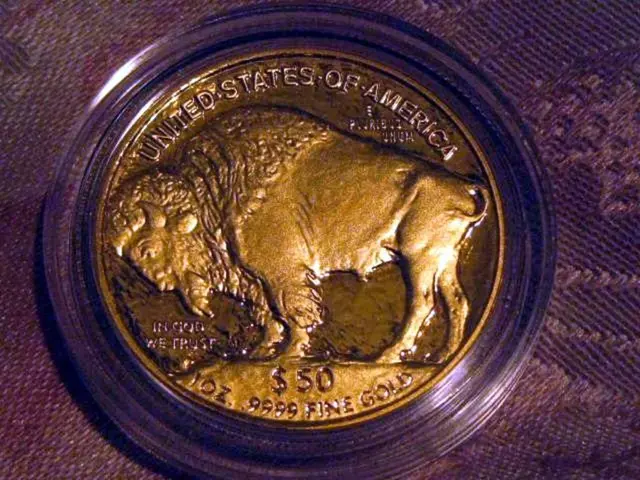Analysis of Deutsche Bank: The dollar's instability persists - despite increased flows in U.S. equities records
In a notable shift, foreign investors are once again buying US assets like stocks and bonds, but with a twist. According to recent analysis by Deutsche Bank, these investors are not willing to take on the dollar risk, instead opting for dollar-hedged investments.
This trend, which has been growing since the beginning of the year, can be attributed to the expectation of lower interest rates from the US Federal Reserve and the growing need to mitigate currency risks. As a result, foreign holdings of US equities and bonds have reached record highs in June, despite the significant depreciation of the dollar this year.
George Saravelos, the Chief of FX Research at Deutsche Bank, has analyzed data from over 500 funds and found that more capital is flowing into dollar-hedged ETFs than into unhedged funds. Over 80% of the total ETF inflows into US equities were into dollar-hedged investments, and around 50% of the ETF inflows into the American bond market were also into dollar-hedged investments.
The reason for this trend is simple. For every dollar-hedged asset bought, an equal amount of currency is sold to eliminate the currency risk. This hedging behavior explains why the dollar has remained weak despite the strong inflow of investor funds into the US.
The Bloomberg Dollar Spot Index, a measure of the greenback's strength against a basket of currencies, is near its yearly low. Since the beginning of the year, the index has lost over 10%. Markets expect further interest rate cuts into next year, given initial signs of weakness in the US labor market, which is likely to make the cost of hedging against currency risks for the dollar cheaper for investors.
Initially, Donald Trump's trade agenda had raised concerns that international investors might pull back from US markets and the greenback. However, the trend of reducing dollar exposure and hedging against currency risks persists, despite these concerns. This is the first time this decade that more capital is flowing into dollar-hedged ETFs.
Traders expect the US Federal Reserve to begin an easing cycle on Wednesday, which could further fuel this trend. As the Fed lowers interest rates, the appeal of dollar-hedged investments increases, as they offer the potential for higher returns with reduced currency risk.
In conclusion, foreign investors are showing a preference for dollar-hedged US assets, a trend that is likely to continue as long as the Fed maintains a dovish stance and currency risks remain a concern for investors.







